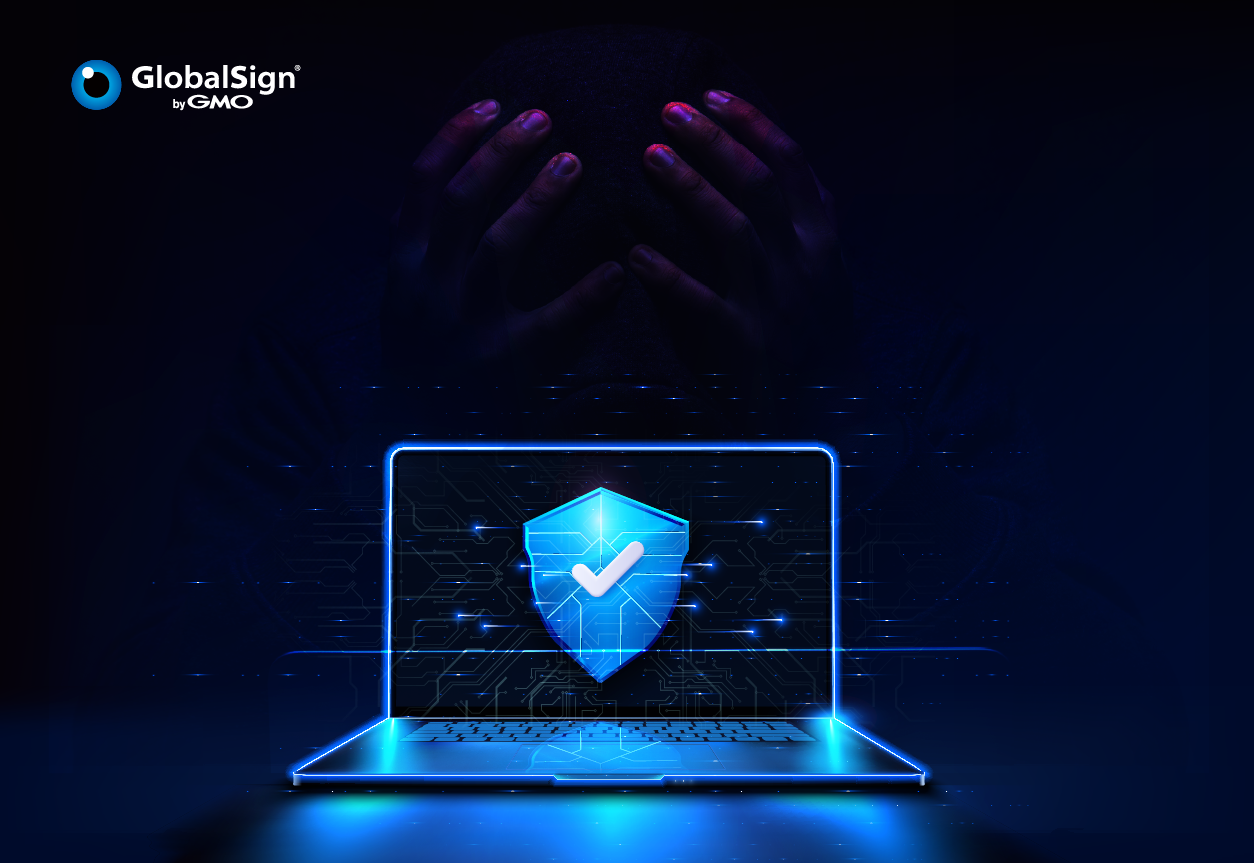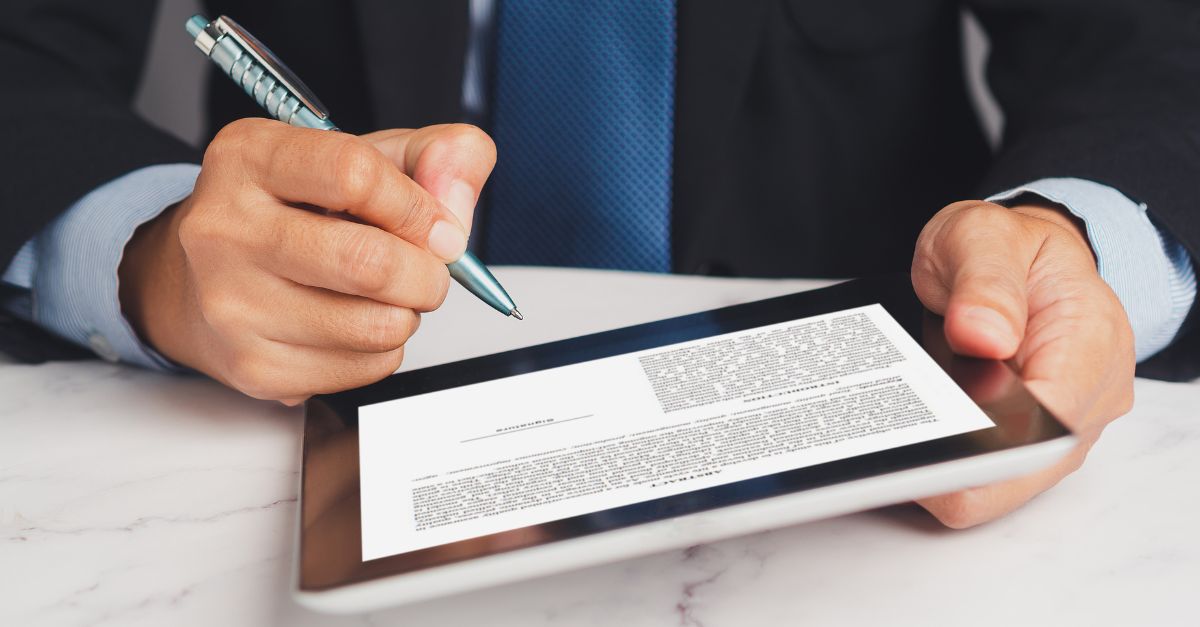Protecting online communications is fundamental for maintaining digital trust and preventing identity theft. The Secure/Multipurpose Internet Mail Extensions (S/MIME) certificate is designed to help email users protect their identities and prevent fraud with a high level of email encryption.
This guide sheds light on the importance of S/MIME Certificates and provides insights into managing them effectively. We’ll also focus on the role of Certificate Authorities in issuing, validating, and protecting these certificates.
Understanding S/MIME Certificates
What are S/MIME Certificates?
Secure/Multipurpose Internet Mail Extensions, or S/MIME, is a type of email signage standard that encrypts emails to maintain their integrity in transit before reaching the intended users.
Digital signatures like S/MIME are vital for authenticating email senders, and receivers, ensuring data privacy and security.
The Purpose and Benefits of Using S/MIME in Email Security
Among the benefits of utilising S/MIME in email communications are:
-
Maintaining Data Confidentiality
S/MIME encrypts the content of emails with the recipient’s public key, ensuring that the email is only accessible to them with a bounded private key. It maintains data in email communications, including the body of the email and the attachments, by preventing access attempts from unauthorised users.
-
Digital Signature Authentication
S/MIME certificate uses the sender’s private key to digitally sign the email, and the recipient authenticates it with the public key. It functions as proof that the email is “digitally sealed” and untampered.
-
Non-repudiation by the Sender
Each sender's digital signature, uniquely tied to the user and domain upon the email signing certificate installation, facilitates non-repudiation in legal scenarios, as well as the credibility of the sender's signature during any legal proceedings.
How S/MIME Certificates enhance email integrity and confidentiality
S/MIME certificates guarantee the security, confidentiality, and integrity of email messages by utilising a public key and a private key. the recipient's public key is used for message encryption, and only the designated recipient's private key can decipher the message. This ensures that the sender can trust that the encrypted message will only be accessible to the intended recipient, while the receiver can authenticate the message's integrity and asserted origin.
Securing email communications and preserving message integrity is essential for both individuals and businesses. Whether you are an individual, startup, small business, or enterprise, S/MIME email certificates are invaluable for ensuring secure email communications and mitigating cybersecurity threats.
The Role of Certificate Authorities in S/MIME
Overview of Certificate Authorities in S/MIME Context
Certificate Authorities play a crucial role in the implementation of S/MIME certificates in securing business communication.
With a S/MIME certificate, you can validate senders, email addresses, and organisational information, ensuring a secure and trustworthy environment for email communication. Certificate Authorities offer S/MIME certificates that serve as a robust security measure by validating the authenticity of senders, email addresses, and organisational details.
The purpose of this extensive process is to ensure that every email sent is signed and encrypted, thereby mitigating the risks associated with phishing, tampering, and unauthorised access.
With cyberattacks becoming increasingly sophisticated, you need to take strict measures to secure your organisation’s sensitive information via email. This includes financial contracts, tax documents, and medical information.
Responsibilities of a Certificate Authority for S/MIME Certificates
-
Issuing S/MIME Certificates
The primary responsibility of Certificate Authorities in this context is to issue S/MIME certificates, involving the verification of the applicant's identity before providing a digital certificate. This establishes a chain of trust, where all digital communications within it are secure and encrypted.
The Certificate Authority generates a public-private key pair, embedding the public key in the certificate for sharing while securely retaining the private key with the certificate holder.
-
Validating Identity for S/MIME Certification
The Certificate Authority must rigorously validate the identity of individuals or entities seeking S/MIME certificates. Identity verification methods include scrutinising legal documents, contacting authorities, and using multi-factor authentication.
Certificate validation bolsters trust in the S/MIME ecosystem, preventing malicious users from stealing identities and safeguarding email communication.
-
Revocation and Renewal of Certificates
Beyond issuance, the Certificate Authority manages the lifecycle of certificates, promptly revoking compromised or invalid certificates. It maintains a Certificate Revocation List (CRL) and uses the Online Certificate Status Protocol (OCSP) to keep all parties updated about revoked certificates.
Moreover, S/MIME certificates have finite validity, typically one to two years, requiring the Certificate Authority to manage the renewal process. It involves revalidating the certificate holder's identity and issuing an updated certificate with a new key pair to ensure uncompromised trust.
Selecting a Certificate Authority for S/MIME
Choosing the right Certificate Authority for S/MIME is vital to establish a robust chain of trust. Here’s what you need to consider:
Trustworthiness and Security Standards
One concern with self-signed emails is the potential interception of encrypted messages when a hacker gains access to your public key, posing a risk of unauthorised access to your critical data. Third-party Reputable Certificate Authorities can mitigate the risk by having their public key pre-installed on both the sender's and recipient's machines.
It’s vital to inquire about the Certificate Authority's reputation and trustworthiness in the cybersecurity community, emphasising adherence to industry standards for secure and reliable certificate services.
Security and Compliance with Standards
Verify that the Certificate Authority complies with industry standards like the General Data Protection Regulation (GDPR), encompassing cryptographic algorithms, key lengths, and certificate management protocols.
Working with a compliant certificate cements the credibility of your S/MIME certification. It’s also important to evaluate the Certificate Authority's security practices. Here, you need to focus on private key safeguarding, user authentication during certificate issuance, and certificate revocation procedures.
Compatibility with Email Clients and Servers
Ensure the compatibility of the Certificate Authority's S/MIME certificates with widely used email clients and servers to seamlessly integrate them into your email infrastructure. Additionally, assess their compatibility across diverse operating systems and devices to guarantee consistent and accessible encrypted communication.
Support and Services
Assess the tools and interfaces provided by the Certificate Authority for managing S/MIME certificates. You can request a demo to check if the platform has user-friendly options for issuance, renewal, and revocation.
Further, you should inquire about the support team’s responsiveness and knowledge, particularly when it comes to S/MIME-related queries. It’s also important to review the Service Level Agreements (SLAs) provided by the Certificate Authority to understand the level of service and guarantees offered, including certificate issuance times, uptime guarantees for validation services, and incident response speed.

Best Practices in Managing S/MIME Certificates with CAs
Regularly Updating and Auditing S/MIME Certificates
Keeping S/MIME certificates up-to-date is essential for maintaining a secure communication environment. Certificate Authorities, in collaboration with organisations, establish procedures for regular updates and audits of issued certificates, which typically include monitoring certificate expiration dates and proactively renewing them before they lapse.
Regular audits involve reviewing the status of issued certificates, ensuring that revoked certificates are appropriately listed in Certificate Revocation Lists (CRLs) or made available through Online Certificate Status Protocol (OCSP) responders. Auditing also helps identify and address any anomalies or potential security risks within the S/MIME infrastructure.
Ensuring Compliance with Security Protocols
Certificate Authorities must adhere to industry-standard security protocols when managing S/MIME certificates. This includes implementing robust cryptographic algorithms and secure key generation practices, as well as safeguarding the certificate issuance and validation processes.
Compliance with security standards, such as those outlined by the CA/Browser Forum and the Internet Engineering Task Force (IETF), ensures that S/MIME certificates meet stringent security requirements.
Additionally, Certificate Authorities should stay abreast of emerging threats and vulnerabilities, promptly addressing any issues that may compromise the security of S/MIME certificates. Regular security assessments and penetration testing can help identify and mitigate potential risks, fortifying the overall security posture of the S/MIME infrastructure.
Training and awareness for end-users on S/MIME usage
An often-overlooked aspect of S/MIME certificate management is end-user education and awareness. Certificate Authorities should work closely with business entities to provide comprehensive training programs for end-users on the proper usage of S/MIME certificates. This includes guidance on how to generate and install certificates, securely manage private keys, and interpret security warnings related to certificates.
User awareness programs also help prevent common pitfalls, such as unintentional disclosure of private keys or the use of compromised certificates.
Conclusion
To recap, efficient S/MIME certificate management is crucial for your organisation. It helps you maintain your certificates, ensure their integrity, and easily issue certificates for new users.
At GlobalSign, we issue S/MIME certificates after extensive validation processes, while also enabling seamless certificate management with our ATLAS platform. As an industry leader, our reputation has helped us maintain an unbreakable chain of trust with our partners, with proactive certificate revocation and renewal processes that meet the industry’s different standards.
Contact us now to learn more about our S/MIME management services.
Editor’s Note: This blog was originally published in February 2024 but has since been reviewed to ensure that the content is in line with industry standards, regulations and insights.







